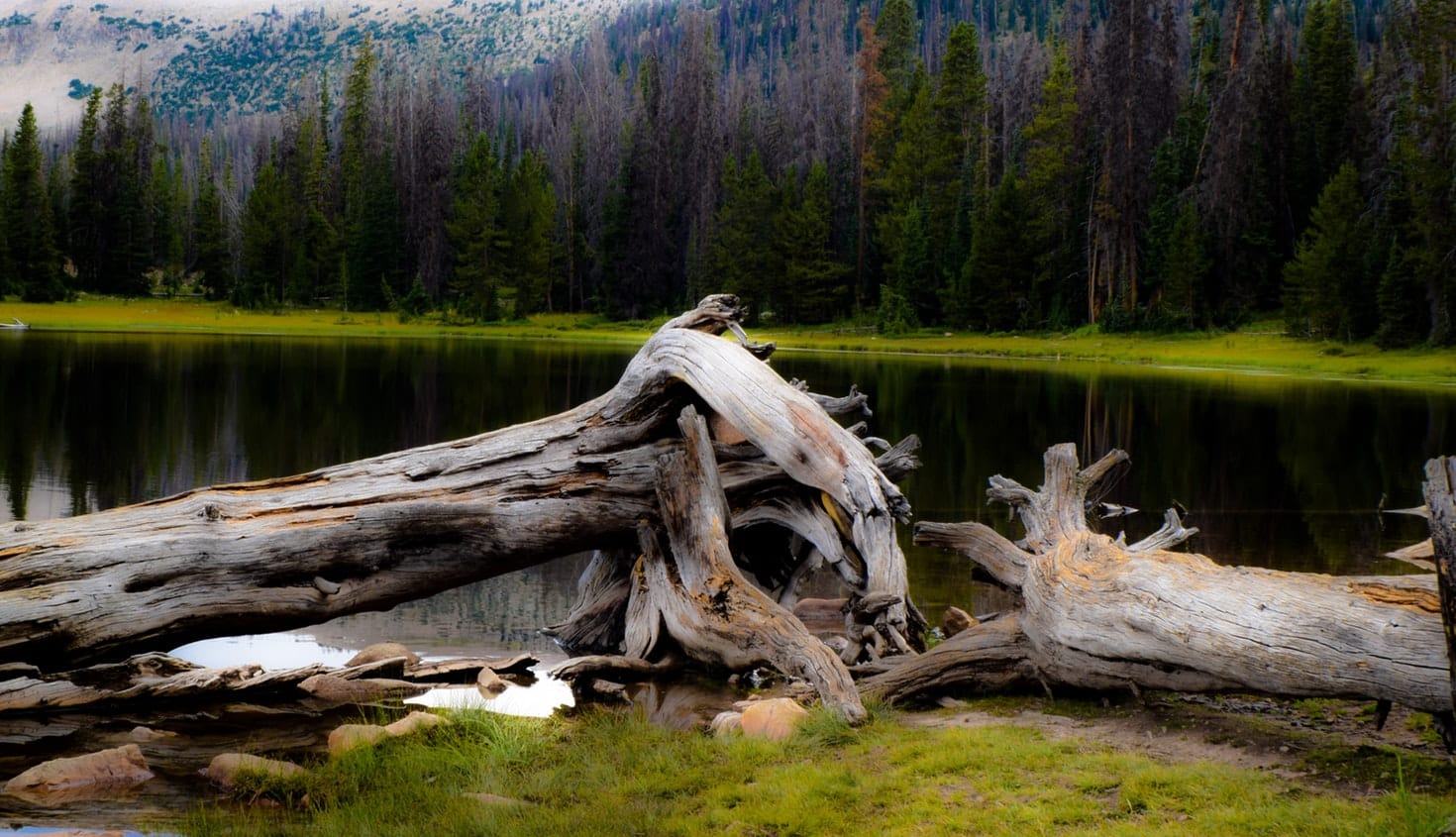Leave It to Beavers

Beavers are still found in Rio Grande tributaries including the Devils and Pecos rivers. Friends of wildlife in far-West Texas should encourage their reintroduction in the narco-infested lower Juarez Valley, between Juarez and Ojinaga. In this depopulated no-man’s land, the reestablishment of Rio Grande marshland combined with the beavers’ cane control would cheaply and effectively assist ICE’s border security efforts. Using the forces of nature could result in an environmentally-friendly “wall” that benefits all wildlife — and assist those who protect our southern border.
NOTE: This article excerpt is being republished with permission of thefern.org. It was written by Maria Finn and appeared February 16, 2015
Once considered a pesky rodent, these animals are busy saving California’s salmon populations.
In an unexpected twist to California’s drought saga, it turns out that beavers, once reviled as a nuisance, could help ease the water woes that sometimes pit the state’s environmentalists and fishermen against its farmers.
In California, where commercial and recreational salmon fishing brings in $1.5 billion a year, and agriculture earns $42.6 billion annually, farmers and fishermen have long warred over freshwater from the Klamath and Sacramento rivers. Dams built for reservoirs on these rivers have cut off many salmon from their breeding areas, which has severely depleted the populations. Typically, up to 80 percent of the diverted water is used by agriculture, much of it sent to the arid Central Valley region where moisture-demanding crops like almonds are now being intensively farmed.
In the ongoing drought, however, both sides of this conflict are suffering. Authorities have cut water supplies to agriculture, forcing farmers to abandon crops or drill wells and buy surplus water at ever-steeper prices. Meanwhile, fishery experts predict the worst for Chinook and Coho salmon.
Only 5 percent of the Sacramento River winter-run Chinook salmon survived this year, according to a recent report from the California Department of Fish and Wildlife. This would mean very few wild adult Chinook salmon would return to the rivers in three to four years, making hatchery fish the species’ only hope. In 2008 and 2009, California officials shut down Chinook salmon-fishing entirely, leaving not just fishermen adrift, but chefs and consumers without a favorite summer food.
Click here for the full article on TheFern.org: Leave It to Beavers
—
Finn, M. (2015, February 16). Leave It to Beavers. Retrieved December 28, 2017, from https://thefern.org/2015/02/leave-beavers/
